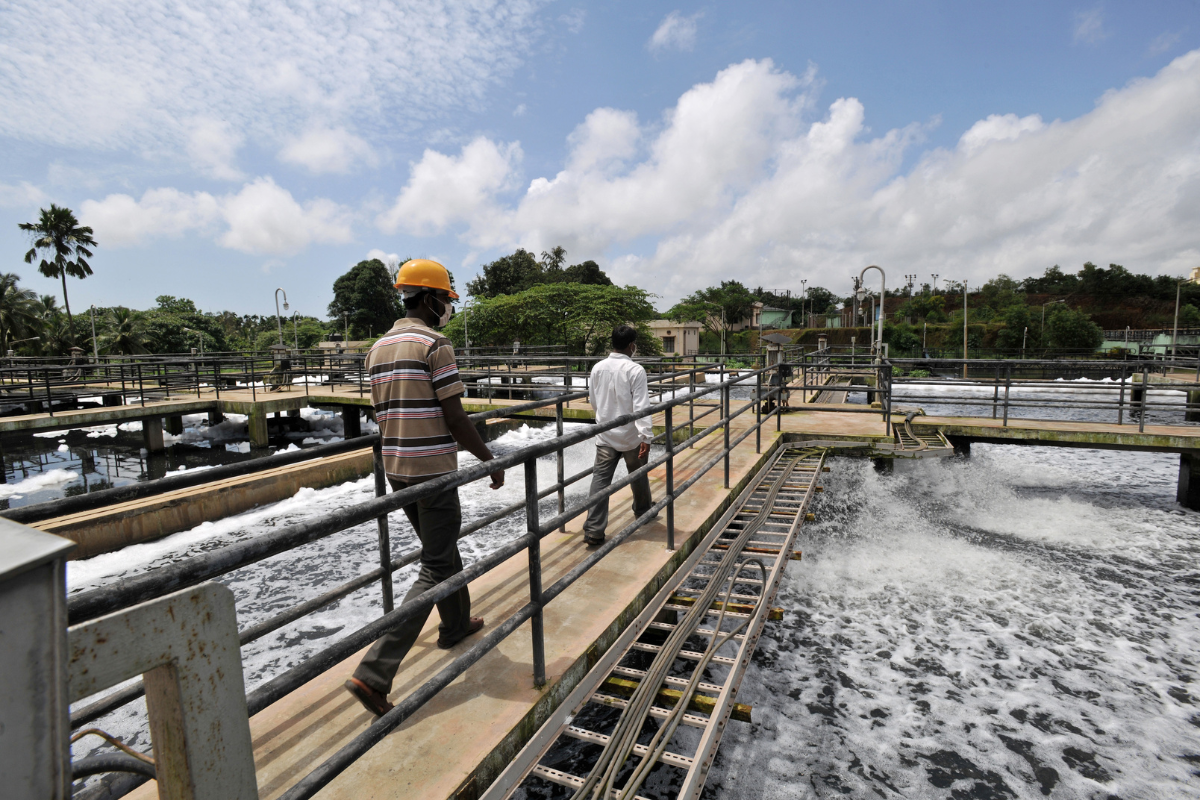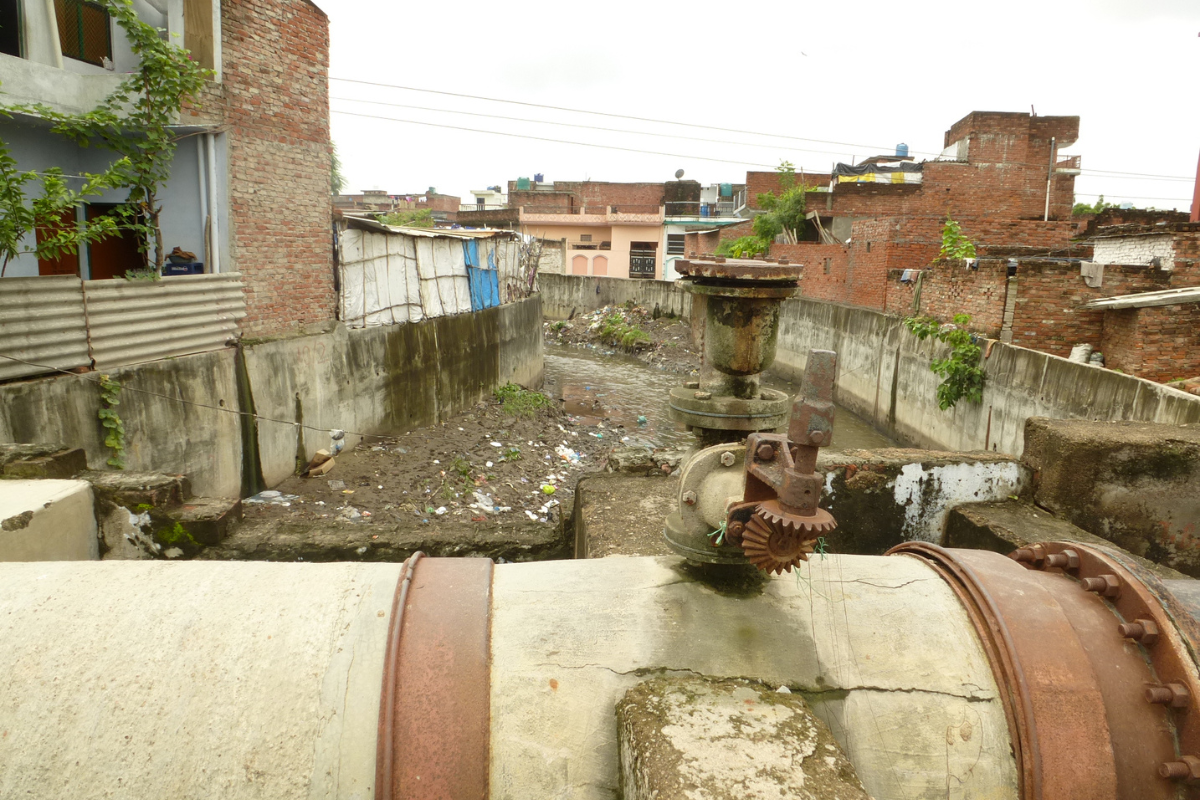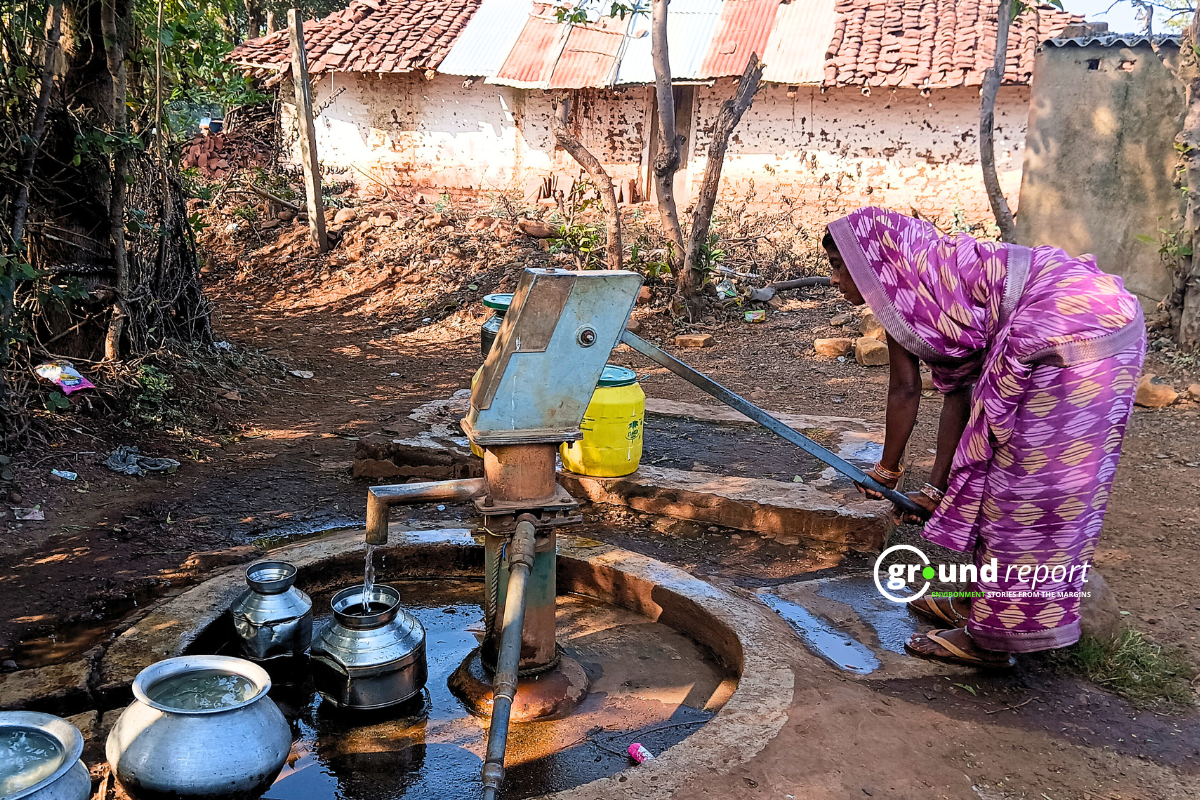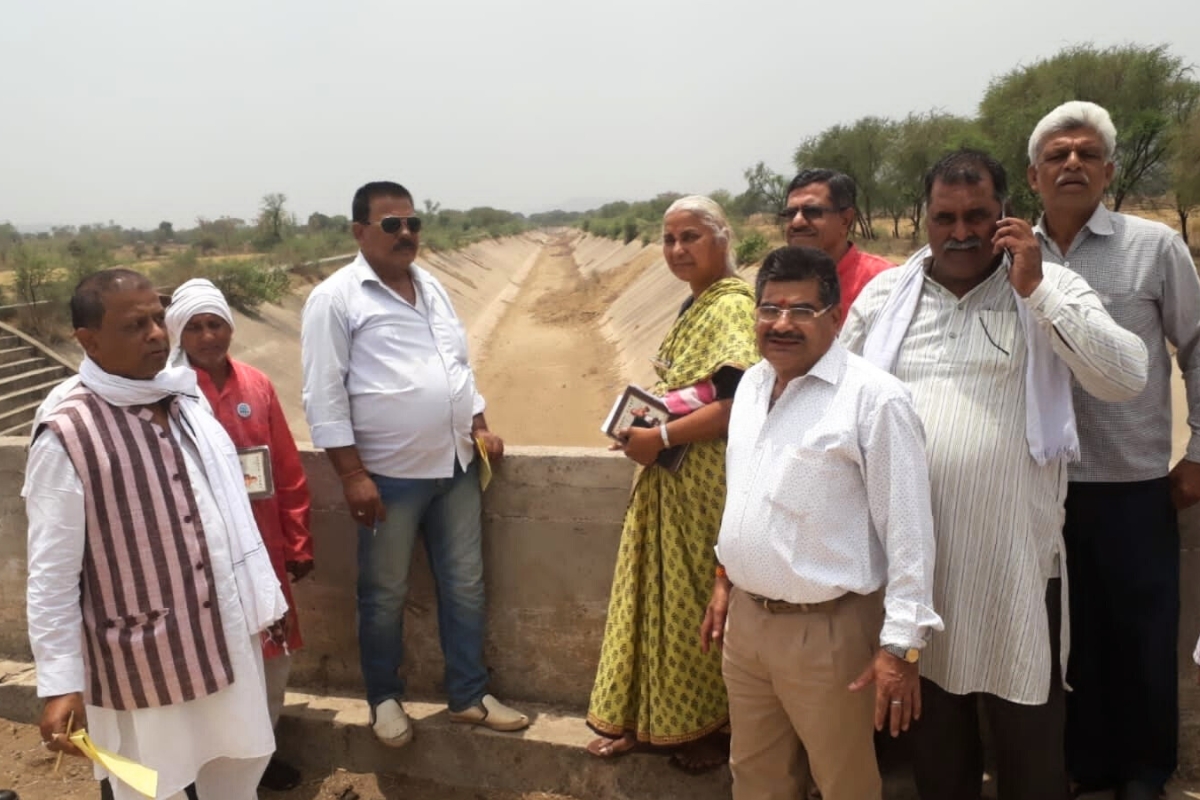Water security is an imminent issue in India. As per the Council on Energy, Environment, and Water (CEEW) analysis using the Central Water Commission (CWC) estimates on basin-wise water availability, 11 out of the 15 major river basins in India will experience water stress by 2025, with annual per capita renewable water availability below 1,700 cubic metres. Hence, it is essential to explore alternative sources of water to address the demand-supply gap.
Amidst the need to reuse water and implement effective wastewater treatment, the states are adopting more suitable techniques. According to a study by the Council on Energy, Environment, and Water (CEEW) on scaling wastewater treatment, nearly all states underline the need to identify appropriate technologies that are simple to operate, easy to maintain, robust, and, most importantly, techno-economically feasible. Technologies such as moving bed biofilm reactors (MBBR), membrane bioreactors (MBR), sequencing batch reactors (SBR), and activated sludge processes (ASP), whose specific policies also note some innovations.
Sustainable Development Goal 6.3 aims to improve water quality. Mainstreaming wastewater treatment and safe reuse is a critical component in meeting this goal. The selection of appropriate wastewater treatment technology is critical for getting effluents that meet specified water quality criteria. The optimum wastewater treatment procedure consists of three steps.
- The initial stage, known as primary treatment, employs techniques such as screening and equalisation.
- The second stage is known as secondary treatment, and the procedures utilised include gravel filtration, sand filtration, and chlorination.
- The final stage makes use of broken brick and charcoal-treated greywater.
These stages are essential for wastewater treatment and are regarded as the minimum standard process. Even though they are fundamental, only the policies of Madhya Pradesh, Andhra Pradesh, and Jharkhand mention these processes for wastewater treatment.
Andhra Pradesh has introduced the concept of demand profiling. Here, the major demand areas are identified at the urban local body (ULB) level, and suitable treatment systems are designed to meet the required quality requirements. However, Indian cities currently treat only 28 per cent of the 72,368 million litres of sewage they generate every day, as per the latest data released by the Central Pollution Control Board in December 2022. There is an urgent need to push for better technological alternatives.
Major Technologies
The sequencing batch reactor (SBR) is a fill-and-draw activated sludge system for wastewater treatment. In this system, wastewater is added to a single “batch” reactor, treated to remove undesirable components, and then discharged. Equalization, aeration, and clarification can all be achieved using a single-batch reactor. To optimise the performance of the system, two or more batch reactors are used in a predetermined sequence of operations. SBR systems have been successfully used to treat both municipal and industrial wastewater. They are uniquely suited for wastewater treatment applications characterised by low or intermittent flow conditions. SBR performs equalisation, biological treatment, and secondary clarification in a single tank using a timed control sequence. But, it has a high maintenance cost.

Membrane Bioreactor or MBR is a wastewater treatment with the highest rate of filtration achieved by combining biological processes with a membrane. Sewage is first treated inside a bioreactor, where microorganisms break down organic matter and eliminate pollutants by converting them into carbon dioxide, water, and biomass. After this, the wastewater is pressured through a fine-pore membrane to segregate treated effluent from micro-organisms and suspended solids and ensure the production of high-quality, clarified effluent that can be reused without further treatment. It also has a small footprint, making it ideal for areas with land scarcity. Finally, it offers a high level of automation and process control through sensors for real-time control over filtration.
While highly efficient, the technology is energy-intensive and expensive to set up and operate. It also requires regular maintenance, skilled human intervention and frequent system downtime to replace the membrane.
A Moving Bed Biofilm Reactor (MBBR) is defined as a biological process for treating wastewater, with some unique characteristics that make it a beneficial alternative to traditional methods such as activated sludge or trickling filters. MBBR is exceptional when it comes to factors such as convenience, efficiency and flexibility. Biological processes for treating water use small organisms like bacteria or nematodes to aid in decomposing waste. Consider all the organic matter that is present in wastewater. Biological processes take advantage of natural cellular processes to decompose this waste.
There are some limitations, primarily about the limited removal of solids and nutrients, as MBBR’s primary focus is on organic matter removal. Further, the biofilm carriers within MBBRS can clog up the system if not effectively managed, necessitating regular maintenance. It also relies less on automation and focuses on manual adjustments to control parameters like aeration and effluent quality.

Quality Standards of Treated Wastewater
State policies highlight public health as the prime objective behind the standardisation and regulation of TWW quality. All states have made the Central Pollution Control Board’s (CPCB) norms for the safe disposal of treated wastewater (TWW) mandatory (CPCB 2008). They make references to the World Health Organization (WHO 2017) and Central Public Health & Environmental Engineering Organization (CPHEEO 2013) manuals in the discussion regarding the reuse of treated water for specific purposes, such as agriculture and industries. However, state policies do not define reuse-specific TWW quality standards. Performance-linked disposal and reuse norms ensure effective implementation and foster a spirit of competition among states to achieve quality standards.
The CEEW study argues that although all the policies mention the PPP models that could probably be used for the development of wastewater treatment and reuse projects, none of them discuss the appropriate business models for such projects. This means, they should involve time-bound creation of treatment facilities, conveyance systems, distribution of treated wastewater, provision for smart metering for transparent pricing mechanisms, and arrangements for sustainable O and M.
Decision Making
To make the process extremely efficient, the new technologies should be chosen based only on their merits, and careful consideration must be given to choosing the best option for the job. Membrane bioreactors (MBRs) have higher capital and running costs due to their energy requirements and membrane fouling. But they produce high-quality effluent suitable for water reuse. Mbbrs, on the other hand, are a superior choice for decentralised applications due to their consistent performance, low energy consumption, and lower sludge output. SBRS are particularly popular among small to medium-sized plants because of their low cost and ease of operation. They are appropriate for plants with limited space or that require frequent start-stop operations.
Keep Reading
“We are made homeless”: Fishermen lose their livelihood and home due to Omkareshwar Floating Solar
Follow Ground Report for Environmental News from India. Connect with us on Facebook, Twitter, Koo App, Instagram, Whatsapp and YouTube. Write us at GReport2018@gmail.com and subscribe to our free newsletter.
Don’t forget to check out our climate glossary; it helps in learning difficult environmental terms in simple language.










